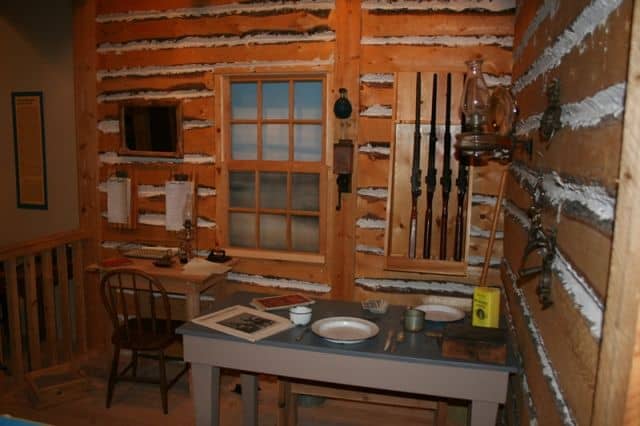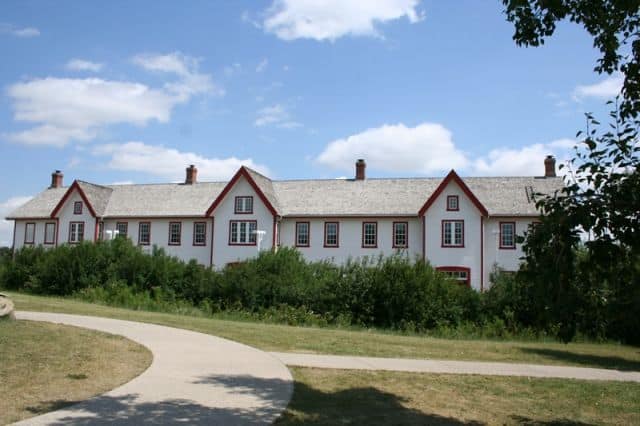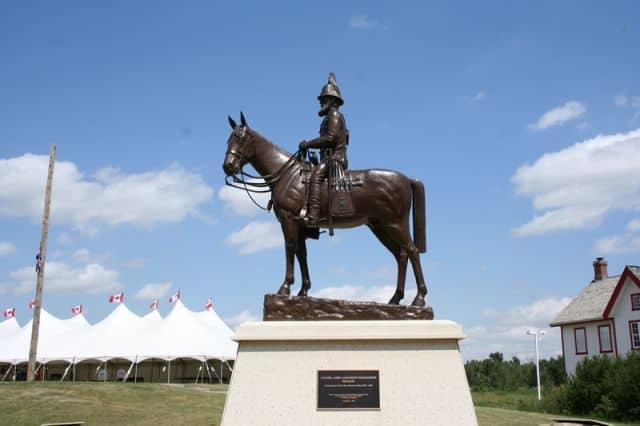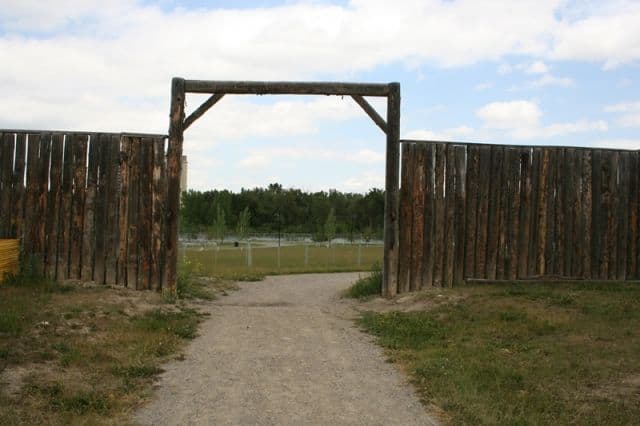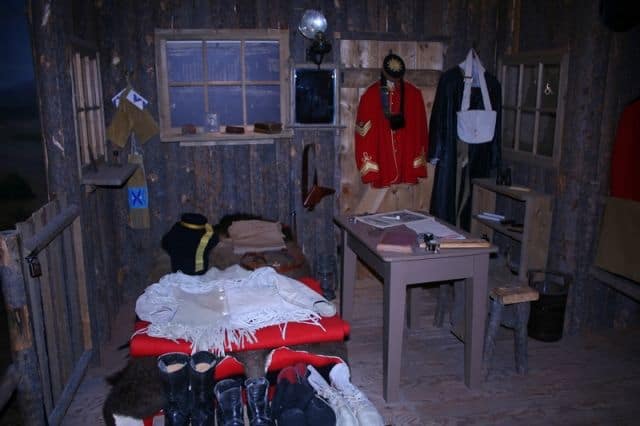Fort Calgary Historical Site

Difficulty: Easy - Family
Park Amenities:
Fort Calgary Historical Site
Calgary Parks, Trails and Places
Alberta Canada Parks & Trails
Fort Calgary is a heritage site and historical destination located east of the downtown community of Calgary, Alberta in the Southern Alberta region of Canada.
 The fort is the birth place of Calgary, Alberta. In 1875 the North West Mounted Police arrived in the region - at the confluence of the Elbow and Bow Rivers - and began construction of a log fort.
The fort is the birth place of Calgary, Alberta. In 1875 the North West Mounted Police arrived in the region - at the confluence of the Elbow and Bow Rivers - and began construction of a log fort.
The wooden fort consisted of sleeping quarters, a guard room, storage sheds and horse stables. The purpose of the fort was to investigate and get rid of the whisky traders who had set up shop in the region.
The wooden materials used for building the fort mainly consisted of pine and spruce trees. In pursuit of quality building materials the men found it necessary to float the trees down the Bow River to the construction site from the western forests.
The fort has not always been Fort Calgary. Research indicates, for a short period, the fort has also gone by the names of Fort Brisebois, Bow Fort and the Elbow Fort.
Today, Fort Calgary is a year round Historical Site measuring over 16 hectares (40 acres). The Bow River is the northern boundary of the park and the Elbow River is the eastern boundary.
Following the banks of the rivers is a recreation path connecting to other attractions, parks and "points of interest". Both the Bow River Pathway and the Elbow River Pathway meet on the grounds of Fort Calgary. Both are popular for hiking, walking, biking, jogging and roller blading.
Fort Calgary is a paid attraction. Inside the walls of the fort there is an interpretive centre, theatre, museum, gift store, historic artifacts, guided tours, educational programs, heritage buildings and special event and conference facilities.
The 1888 barracks, the jail and the Deane House are just a few of the more popular attractions in the fort. The Deane House,now a restaurant, was once the home of Captain Richard Deane.
Explore Calgary Parks, Trails and Places
Address:

